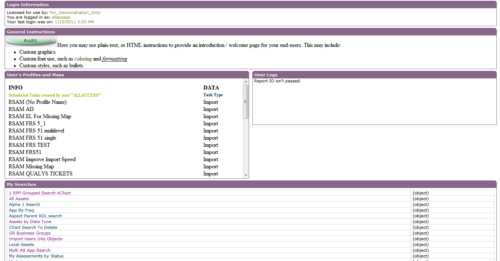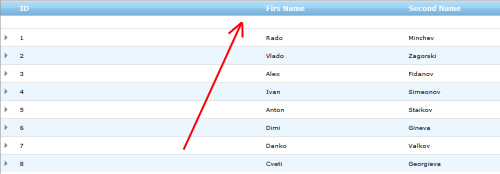If you’re still using classic Infragistics Controls and want to make them work in modern browsers, sometimes a little additional work is required. Hopefully this little trick will save you some time.
UltraWebGrid has a neat property TopItemSpacing, when set to Auto it automatically spreads top level menu items across the menu control, giving them nice spacing in between. Unfortunately this property seems to work in Internet Explorer only, in Firefox (and Chrome and etc.) it is ignored, rendering menu in Compact mode giving top level items crowded “too-close-for-comfort” look.
The solution is to take spacing in our own hands. Set TopItemSpacing to Compact and instead add right padding to TopLevelParentItemStyle and TopLevelLeafItemStyle elements of the menu. For example (from the markup point of view):
<TopLevelLeafItemStyle Cursor="Hand" Height="18px" BorderWidth="1px" Font-Size="8pt"> <Padding Right="6px" /> </TopLevelLeafItemStyle>
Actual pixel value of the padding is up to your particular scenario, but the final result is top level menu items will be nicely spaced both in IE and in Firefox.



